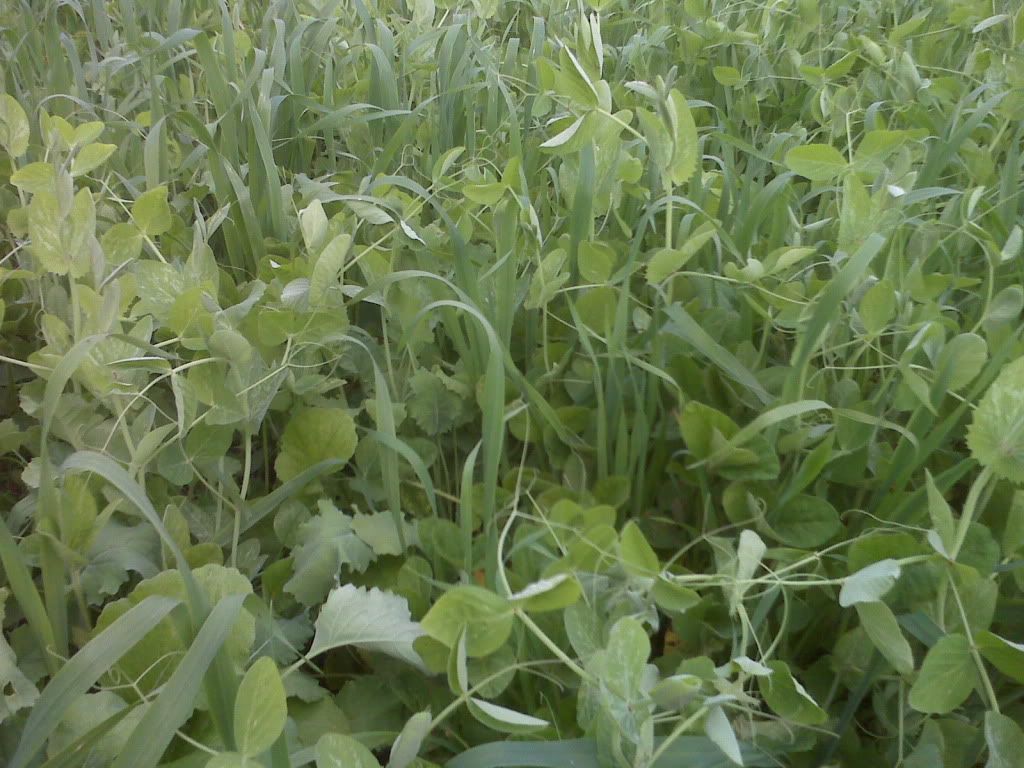Seeing is believing they say and I have to admit had I not seen this with my own eyes even I wouldn't have believed it!

Headed for my Lick Creek Blind at noon today hoping to waylay a good buck heading for my milo/soybean field where I saw them a few days ago.
I knew they would be inclined to move mid day so I just sat down and took a little snooze, snug and warm against the winds. Sure enough...opened my eyes at 2:00 p.m. to see the winter rye full of deer!
By dark I had counted (conservatively) 54 deer foraging in the winter rye/oats/forage peas/forage radish/clover combination planting.
Nothing about any of that really surprises me...watched 40-50 deer feeding in rye many times
What completely blows my mind is that not one single deer ever entered the milo/soybean plot only yards away
It got up to 35 and the snow melted off so I can only surmise that the deer took advantage of the green forage while they could? I did have strips of brassicas that were decimated early on and I overseeded rye and Groundhog forage radish into the brassicas and that rye of course was much shorter and deer concentrated on it despite the fact it is grazed to the dirt!
Bucks...not sure how many actually came out but enough I lost count
The all grazed contentedly at 30-50 yards from the blind
Chowing down on the rye
and not giving the beans a second glance??
Always gets the heart pumping when another "rack" emerges from the timber
One was tempting although the pic is a little blurry
All of this just points again to the attractiveness of winter rye to whitetails and it's versatility planted as a combination with peas and radish or overseeded into standing crops like soybeans.
Rye and radishes overseeded into standing soybeans offer the best of both worlds and as we can see here...sometimes they prefer the green...over the grain....









































































